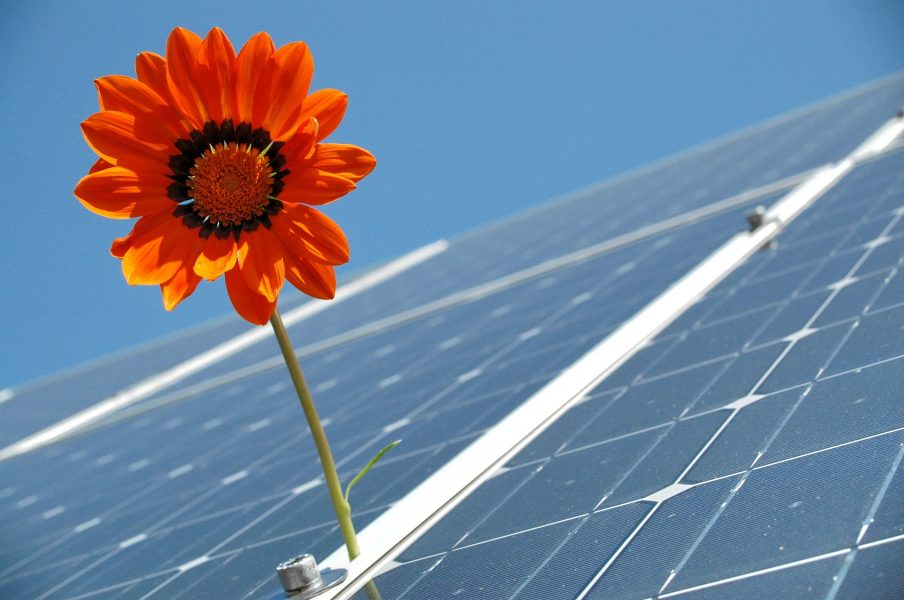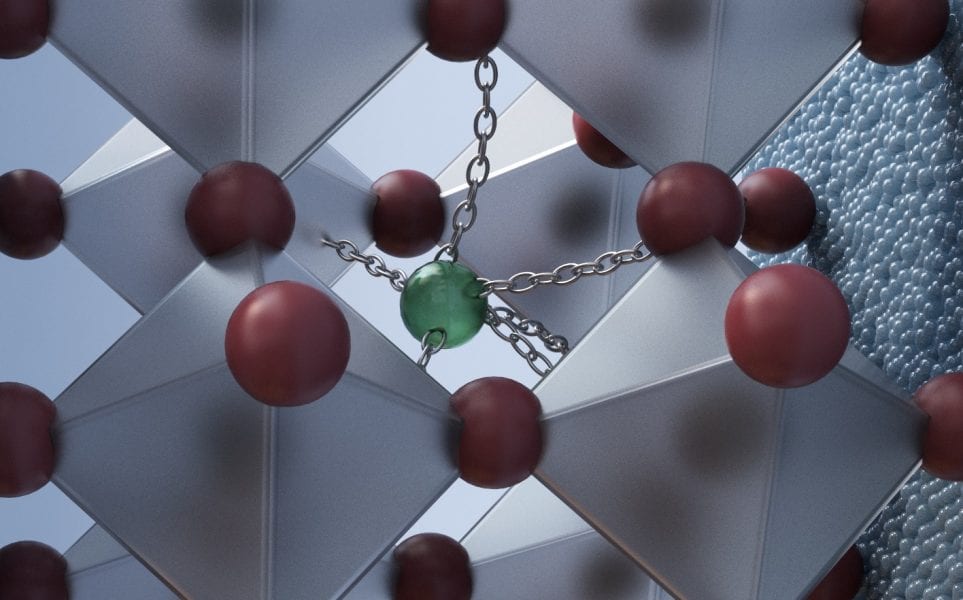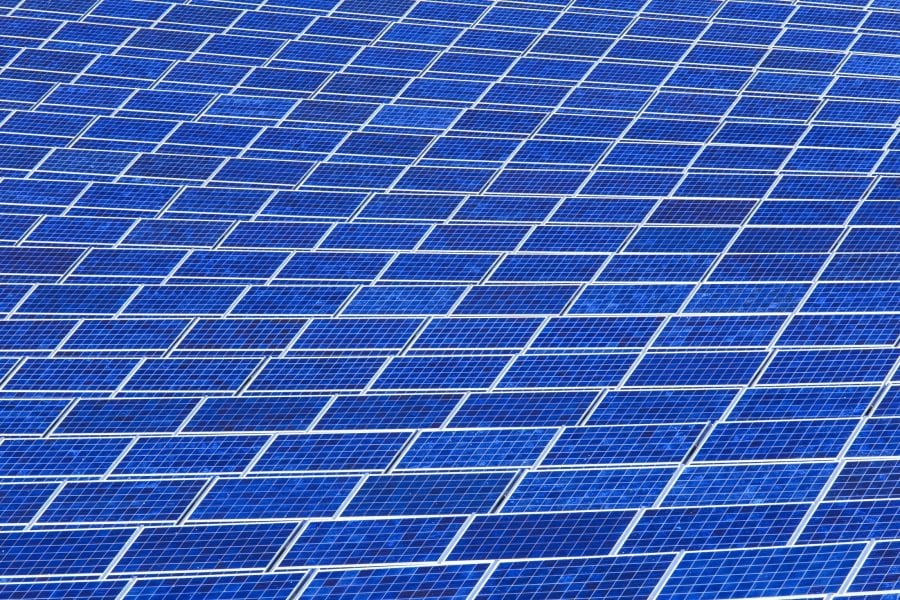A dopant-free hole-transport material (HTM) for perovskite solar cells is synthesized in only two steps.
![Dopant-Free Hole-Transport Material for Perovskite Solar Cells [Video]](https://www.advancedsciencenews.com/wp-content/uploads/2018/09/adma201804028_ASN_image.jpg)
![Dopant-Free Hole-Transport Material for Perovskite Solar Cells [Video]](https://www.advancedsciencenews.com/wp-content/uploads/2018/09/adma201804028_ASN_image.jpg)
A dopant-free hole-transport material (HTM) for perovskite solar cells is synthesized in only two steps.
If scientists’ dreams came true, everyday items such as mobile devices, clothing and vehicles would be equipped with flexible solar cells.
![Moisture-Resistant Perovskite Solar Cells Based on Low-Cost Dye [Video]](https://www.advancedsciencenews.com/wp-content/uploads/2018/04/aenm201703007_ASN_image.jpg)
Dopant-free, moisture-resistant hole-transport materials (HTMs) for perovskite solar cells based on derivatives of the dye anthanthrone (ANT) are developed by Sagar M. Jain from Swansea University Bay Campus, Prashant Sonar from Queensland University of Technology, and co-workers.

One of the most promising next-generation photovoltaic technologies is the Organo–lead halide perovskite solar cells. These solar cells have reached very high power conversion efficiencies (PCE) of more than 22% and in addition, their semiconducting perovskite layer...

An environment-friendly anti-solvent helps to produce higher efficiency Solar Cells in comparison to the commonly used toxic anti-solvent.

Phase competition in mixed perovskites can be resolved by this dual ion exchange process, which passivates grain boundaries and suppresses ion migration.

To make photogalvanic cells a reality in life for simultaneous solar power and storage, some challenges have to be tackled

Thomas D. Anthopoulos and colleagues report a simple, environmentally-friendly processing method for copper(I) thiocyanate (CuSCN), a next-generation hole-transport layer (HTL) for organic and hybrid perovskite solar cells. The power conversion efficiency reaches 17.5%—a remarkable improvement over conventional polymer HTLs.

Jordi Matorell and co-workers achieve a longer lifetime of polymer solar cells by addressing the issue and mechanism of UV-induced “burn-in”, a phenomenon linked to rapid degradation of electron transport.

2D hybrid Metal-Halide Perovskite Solar Cells are studied with regards to their light response and the resulting changes occurring in their material properties.